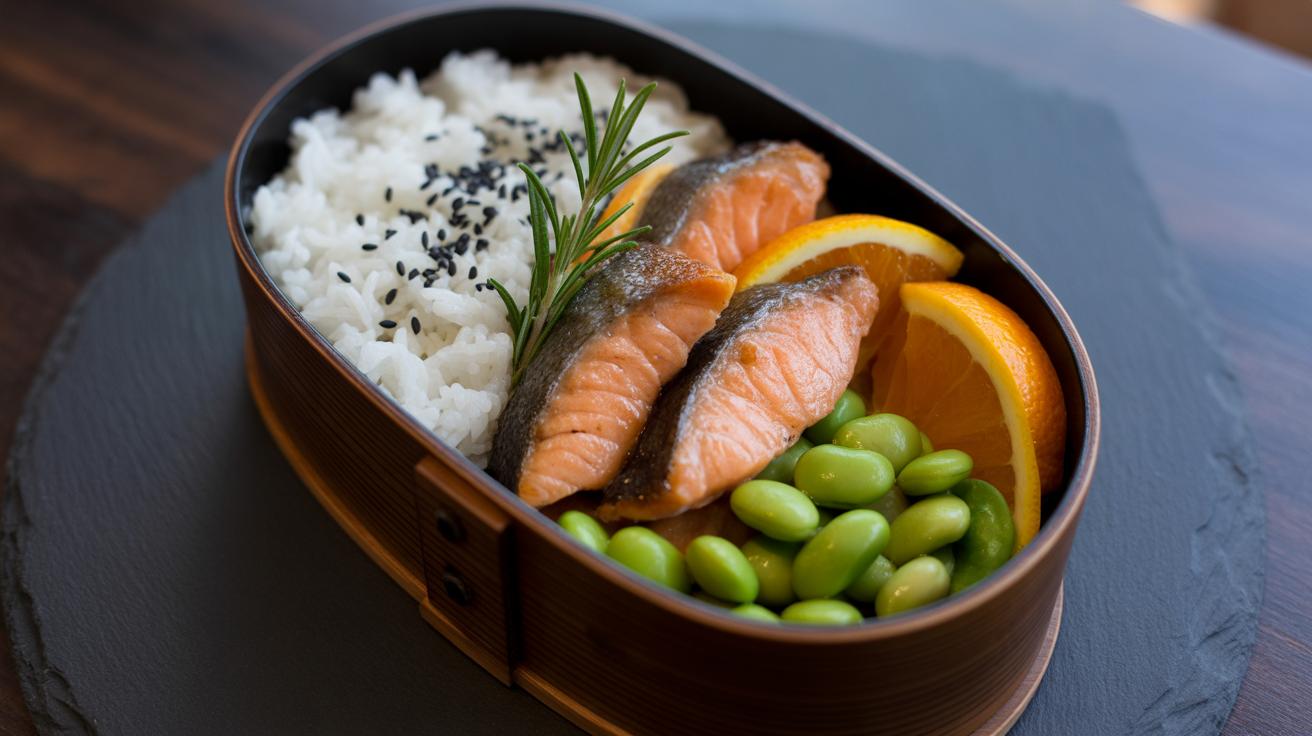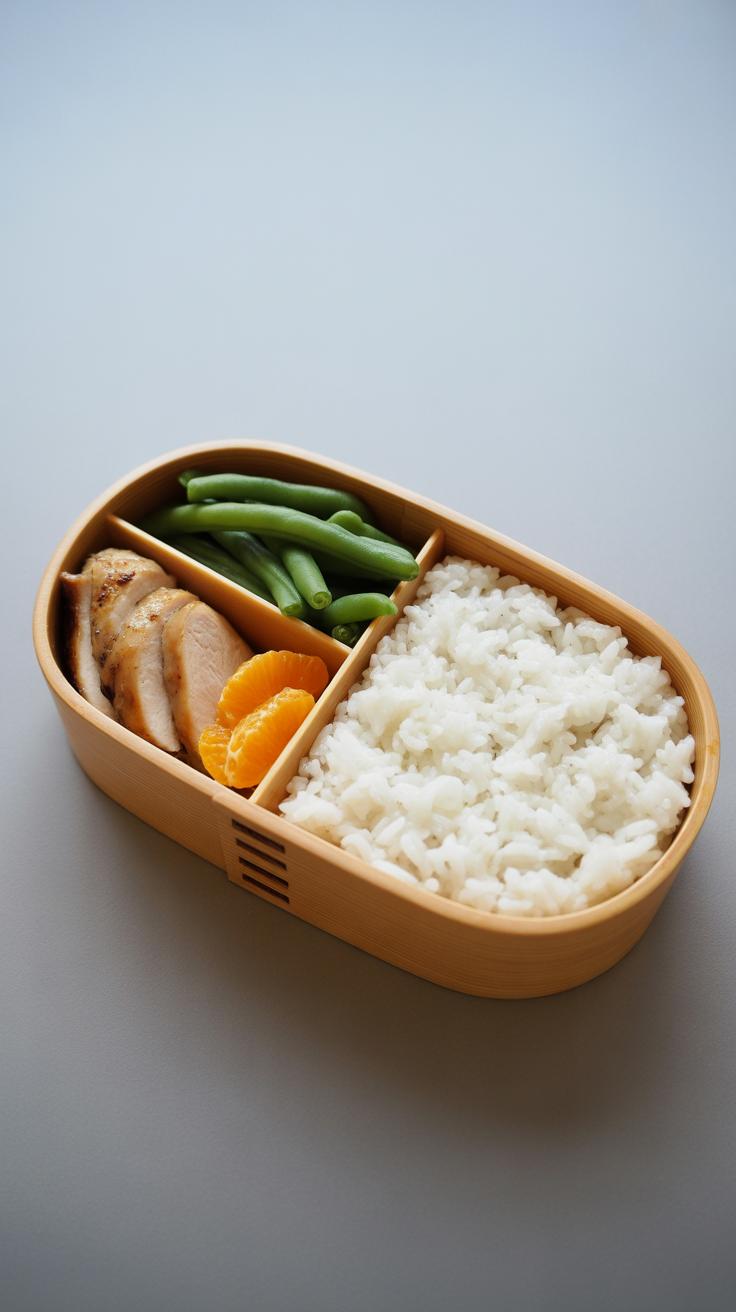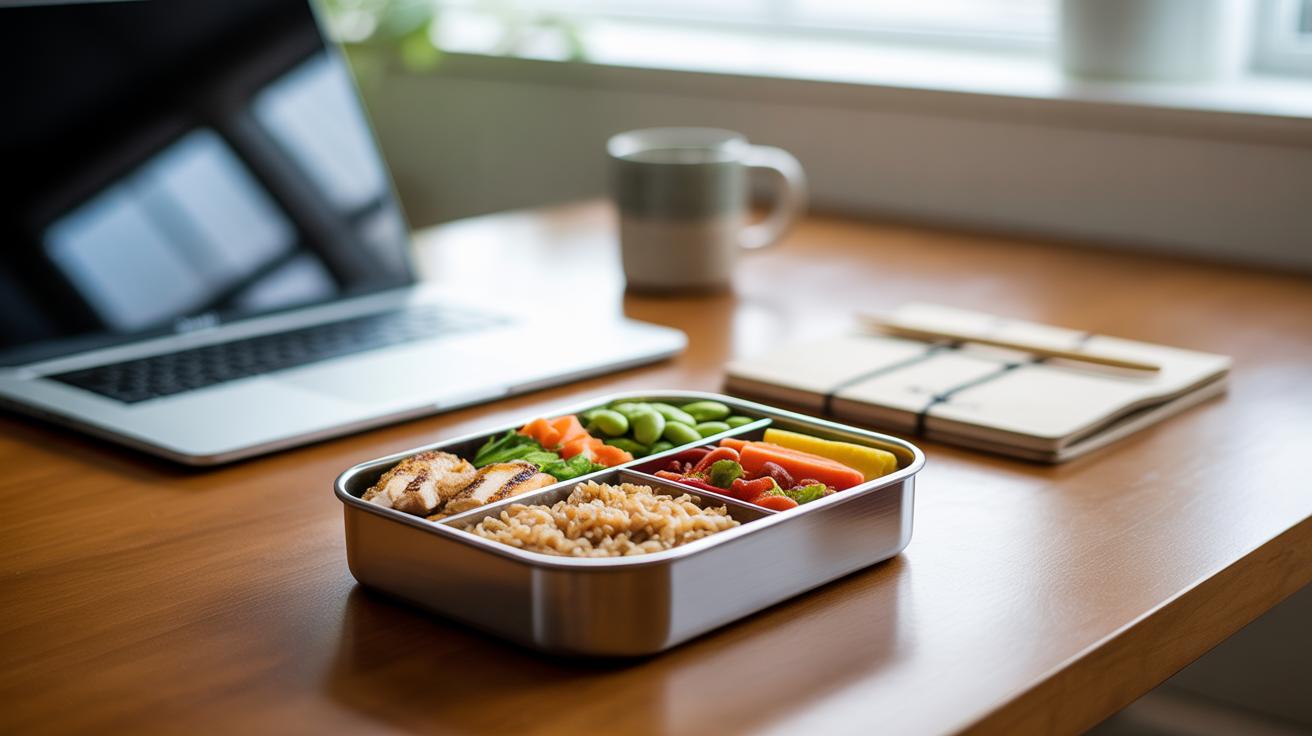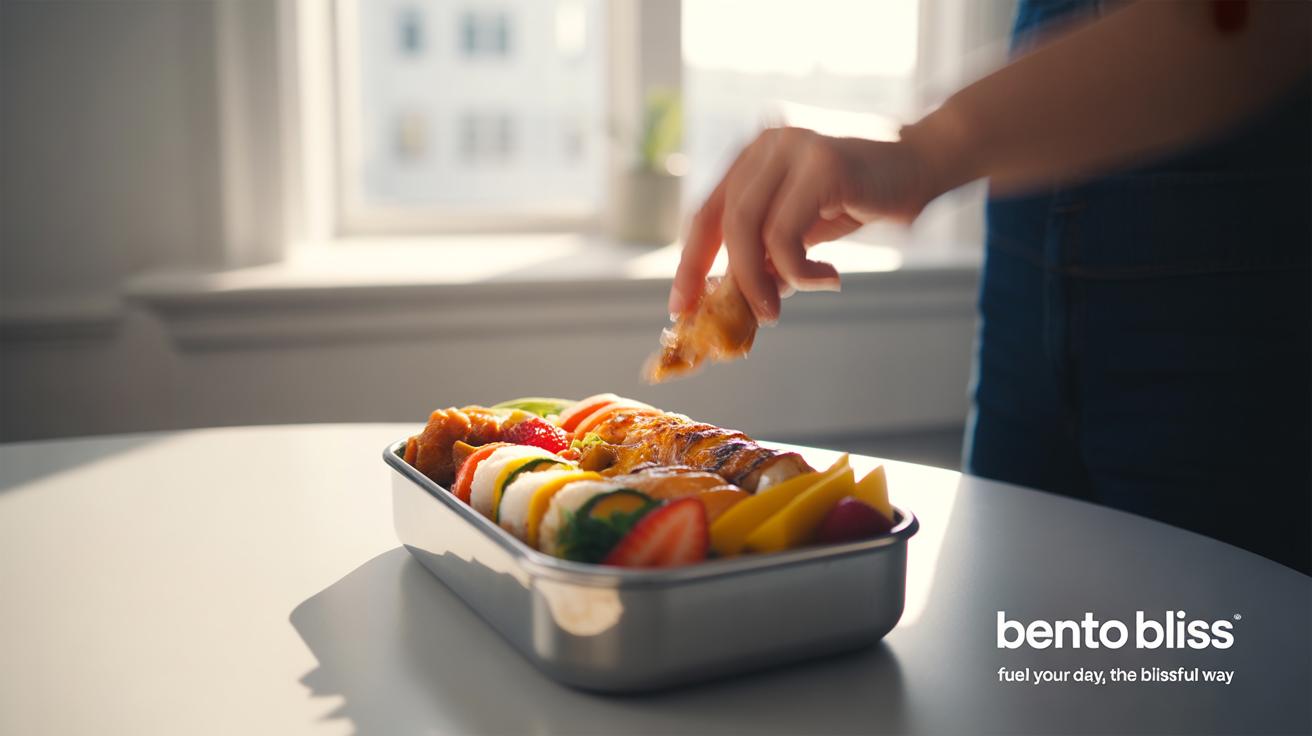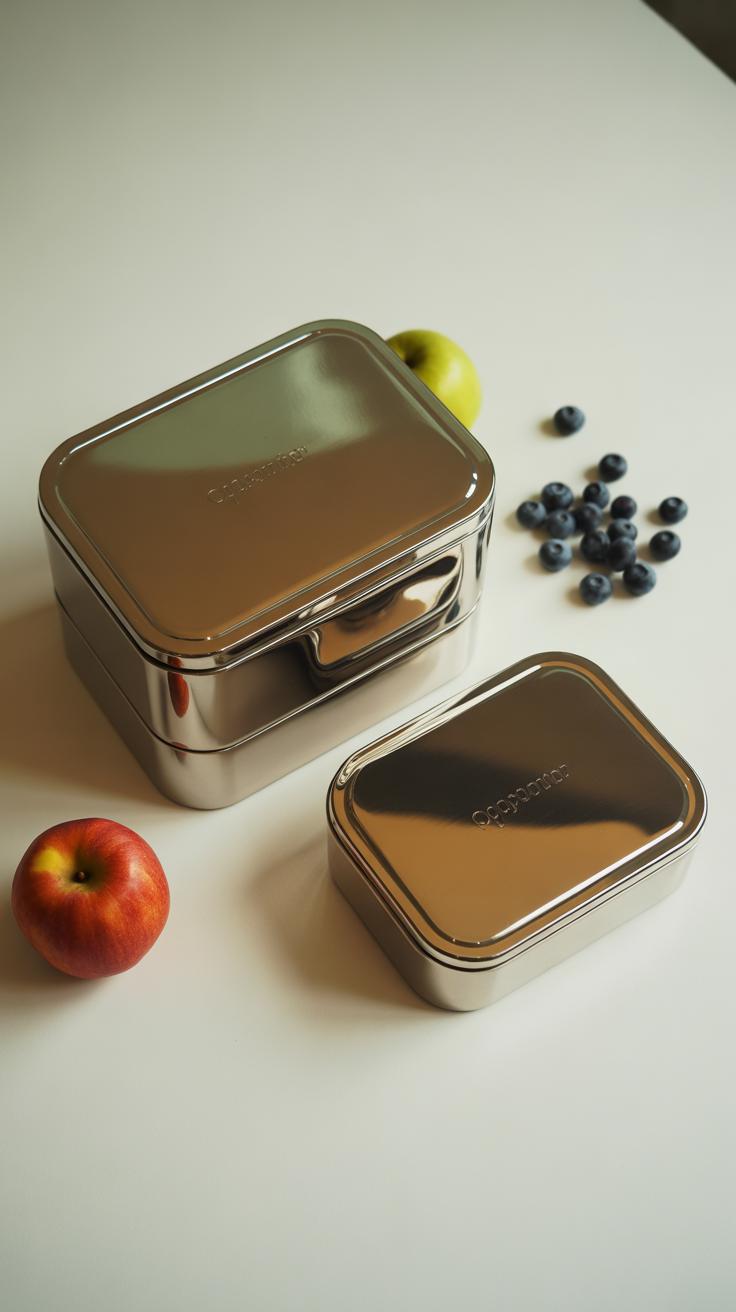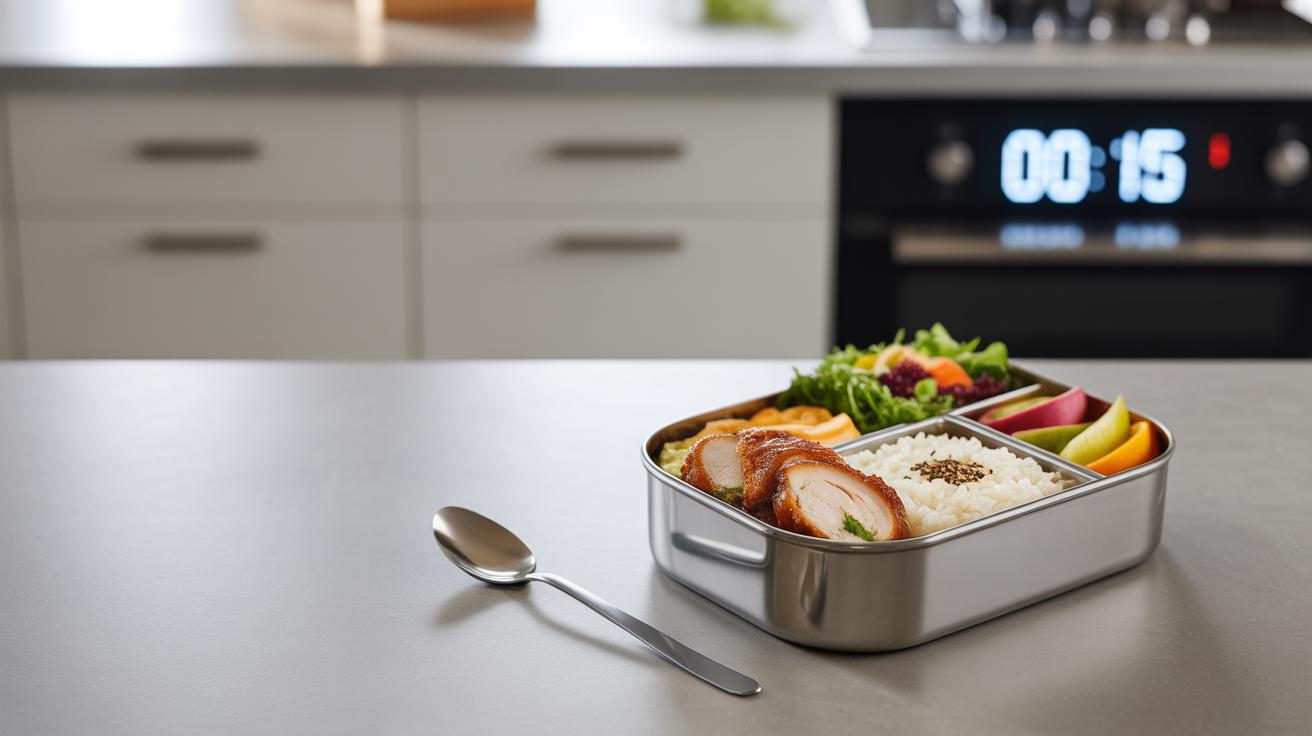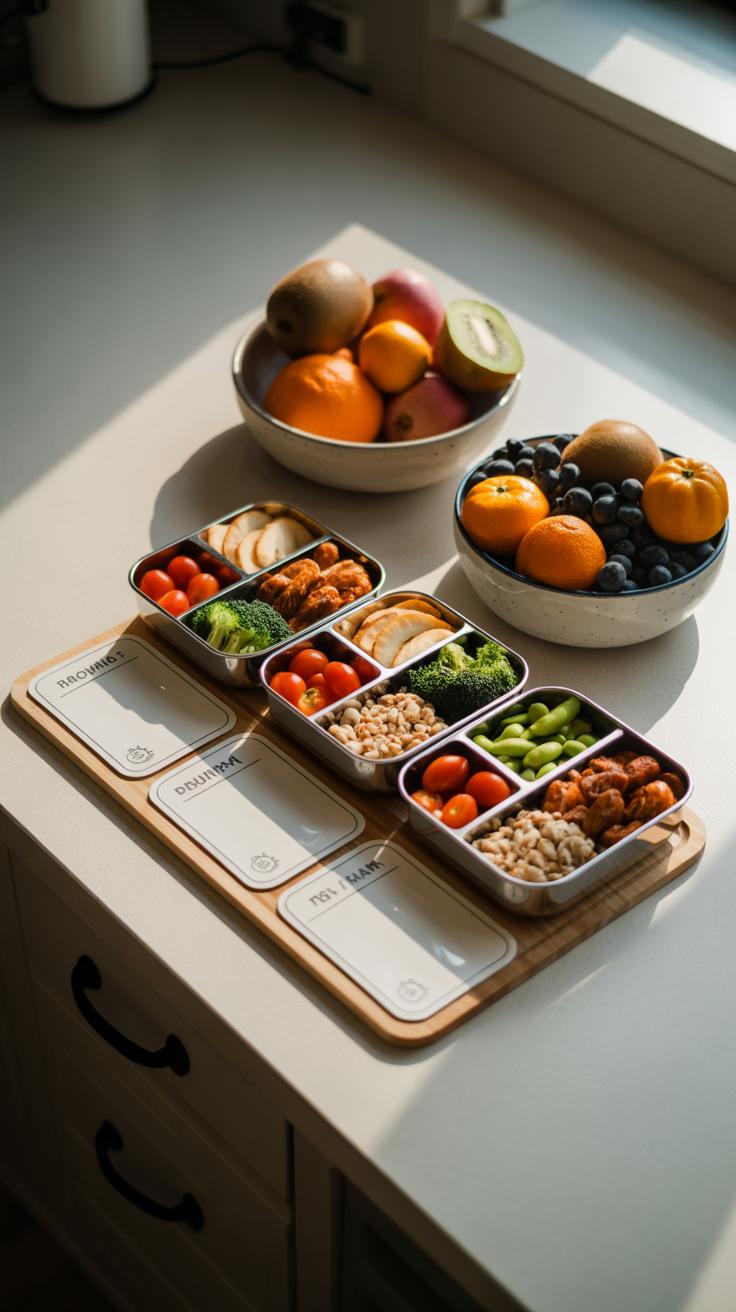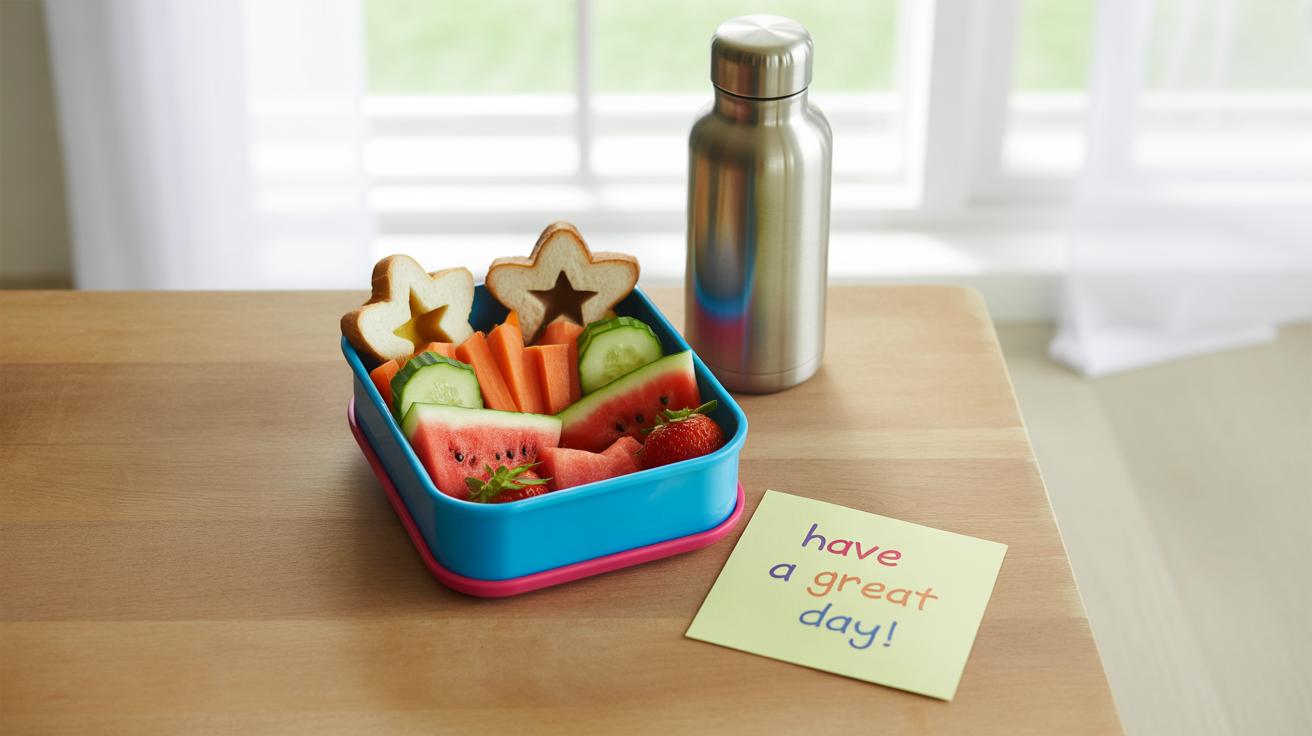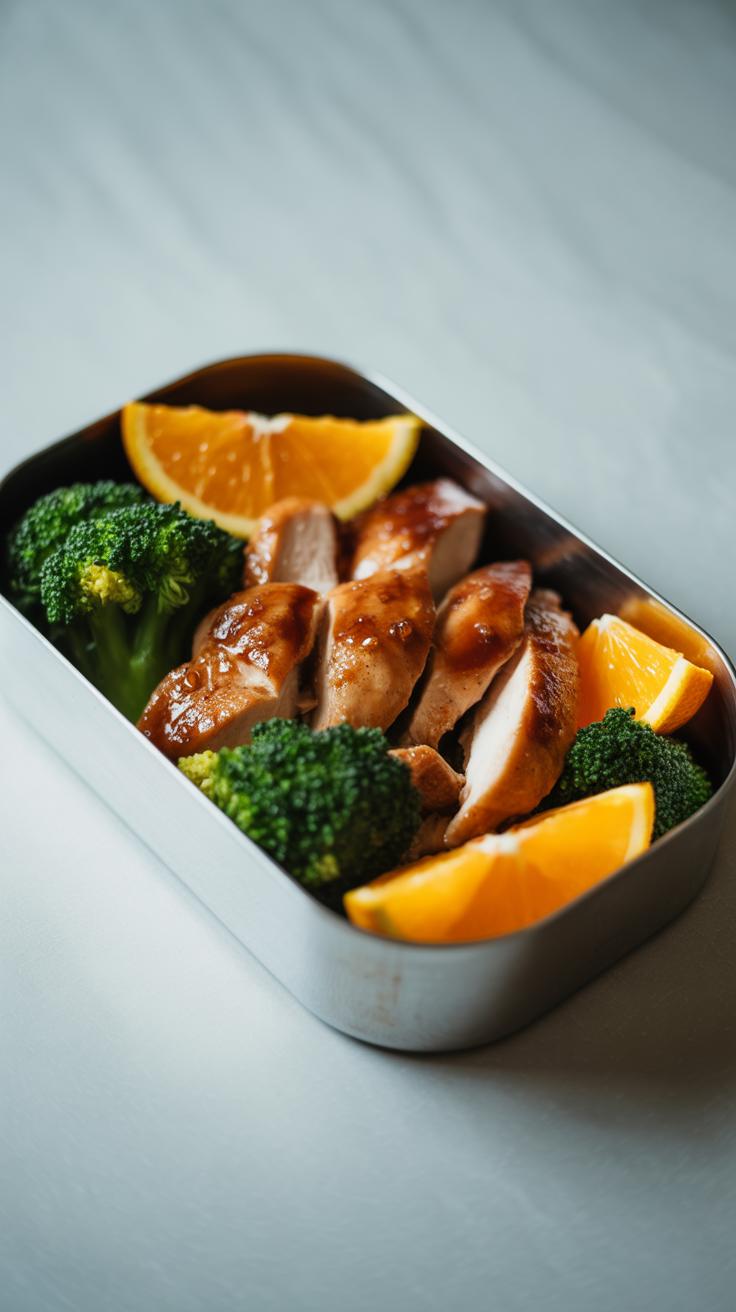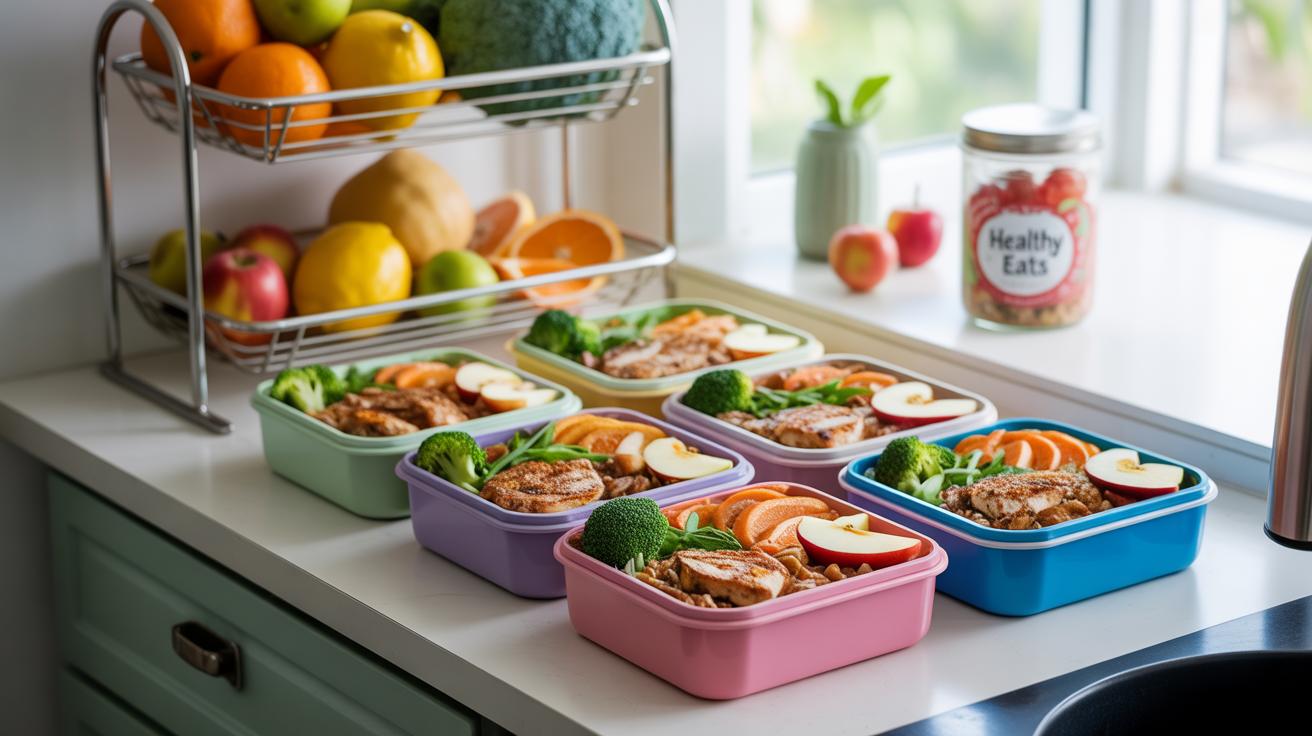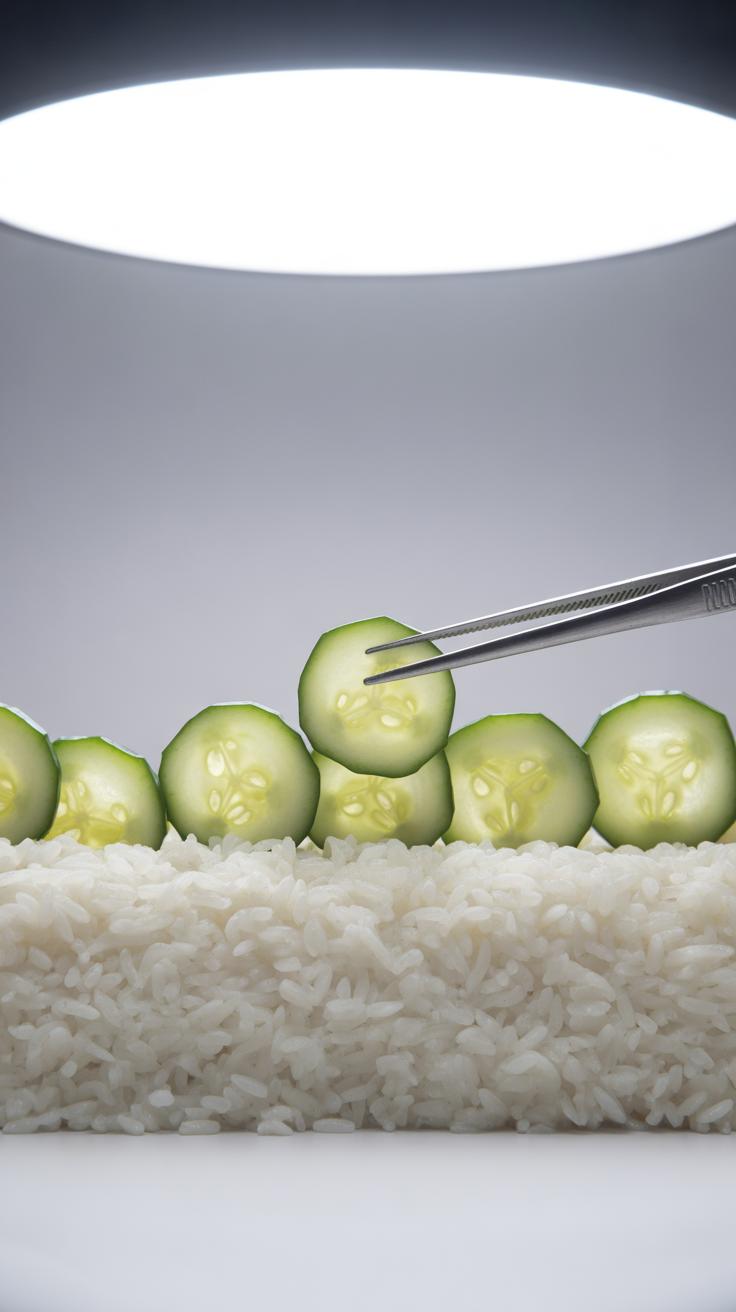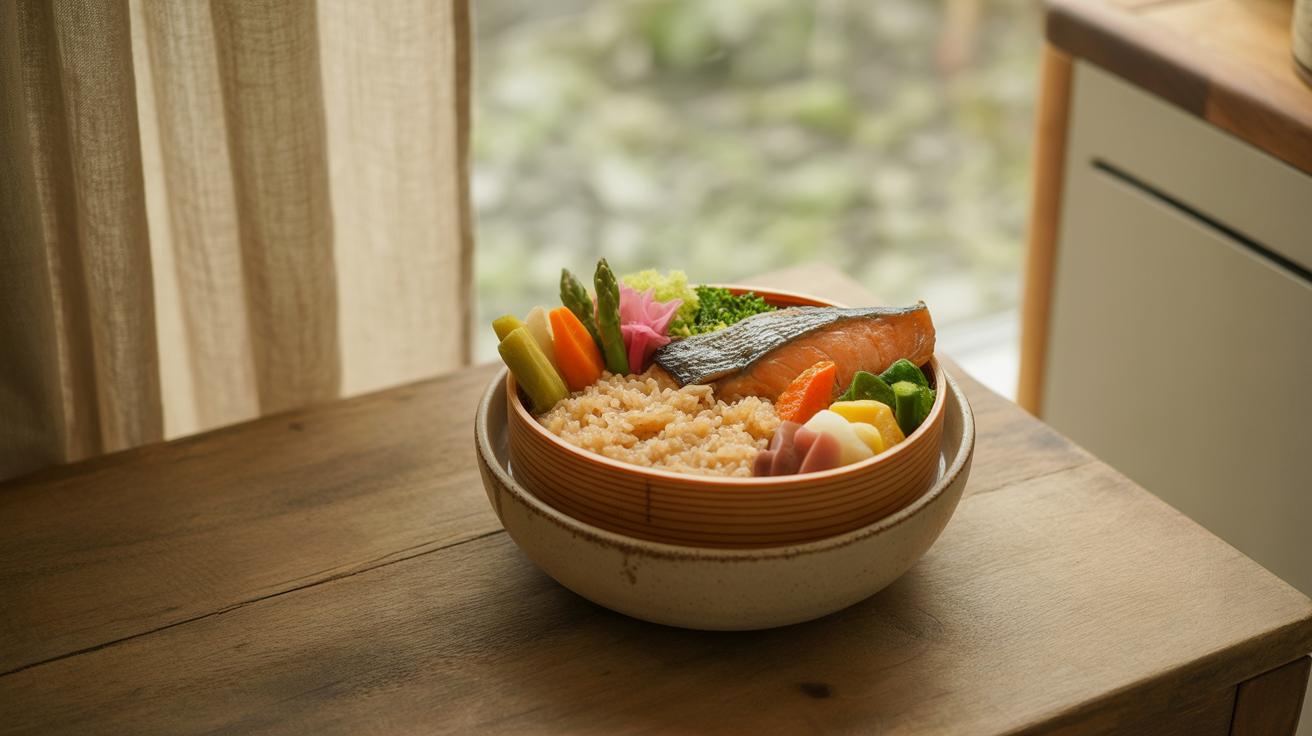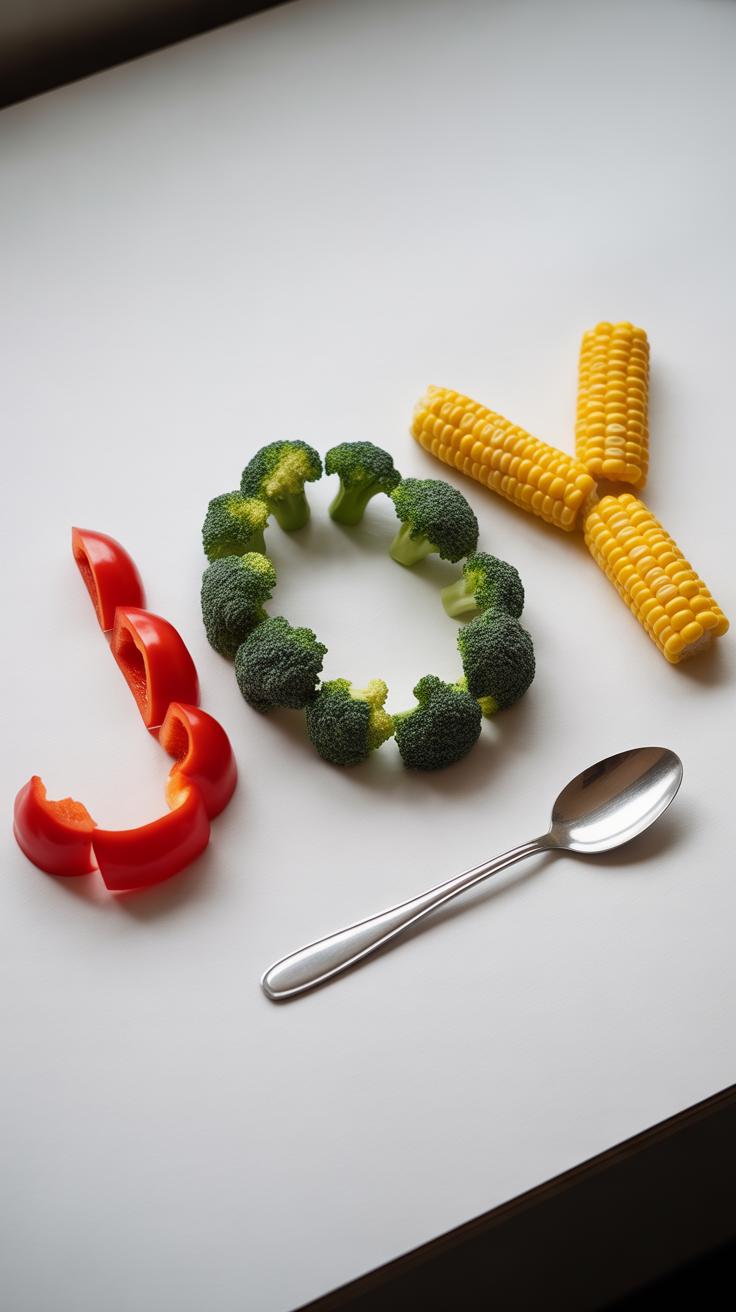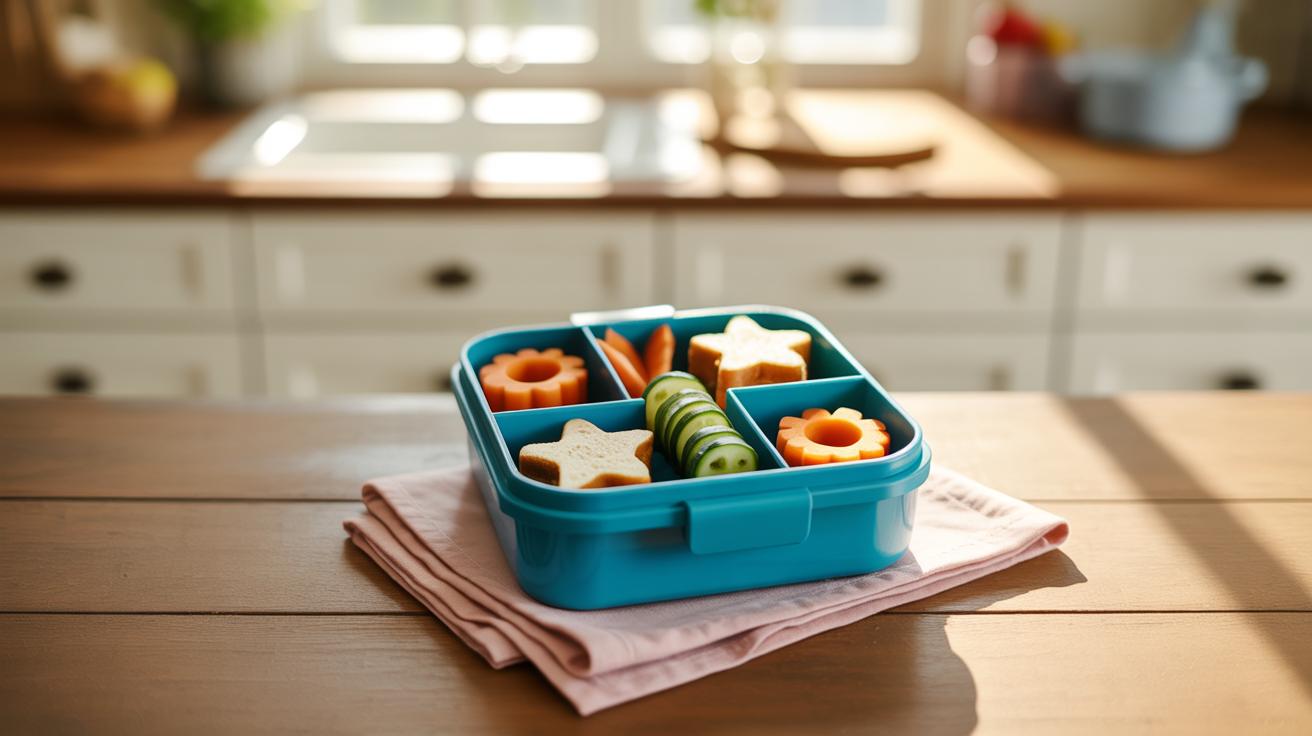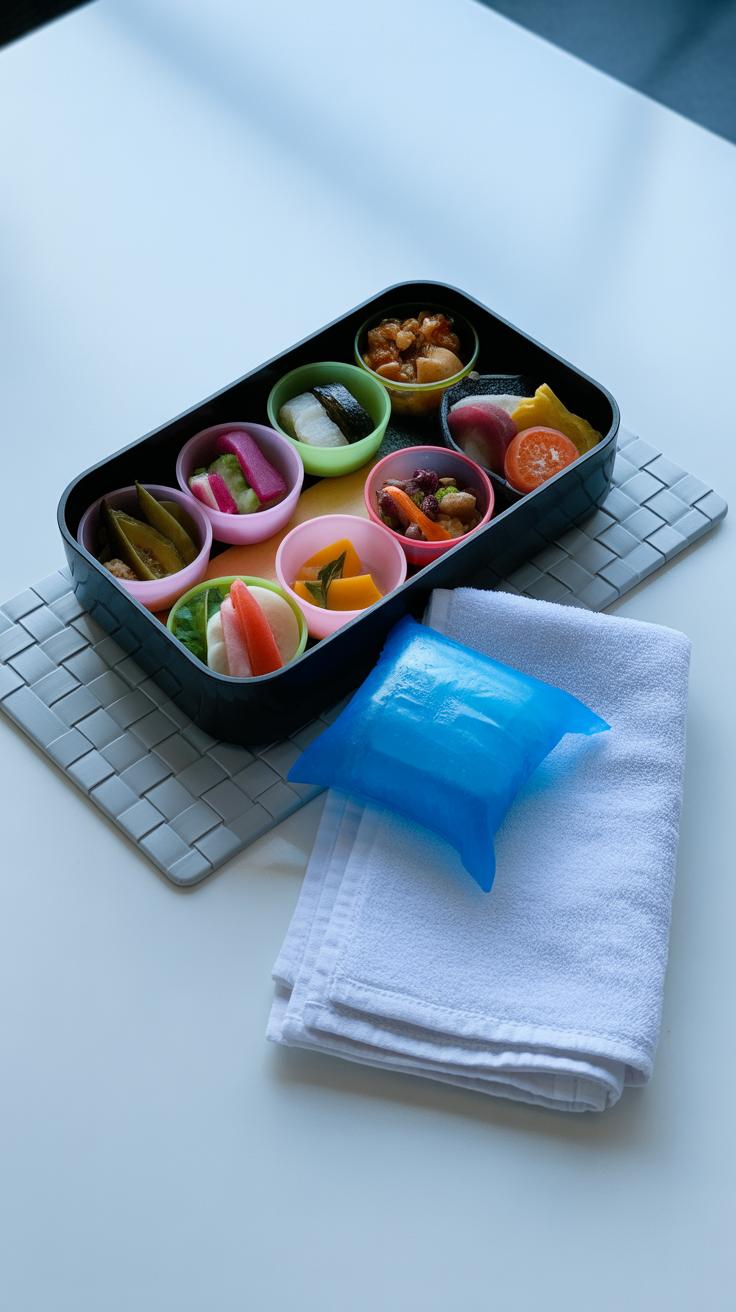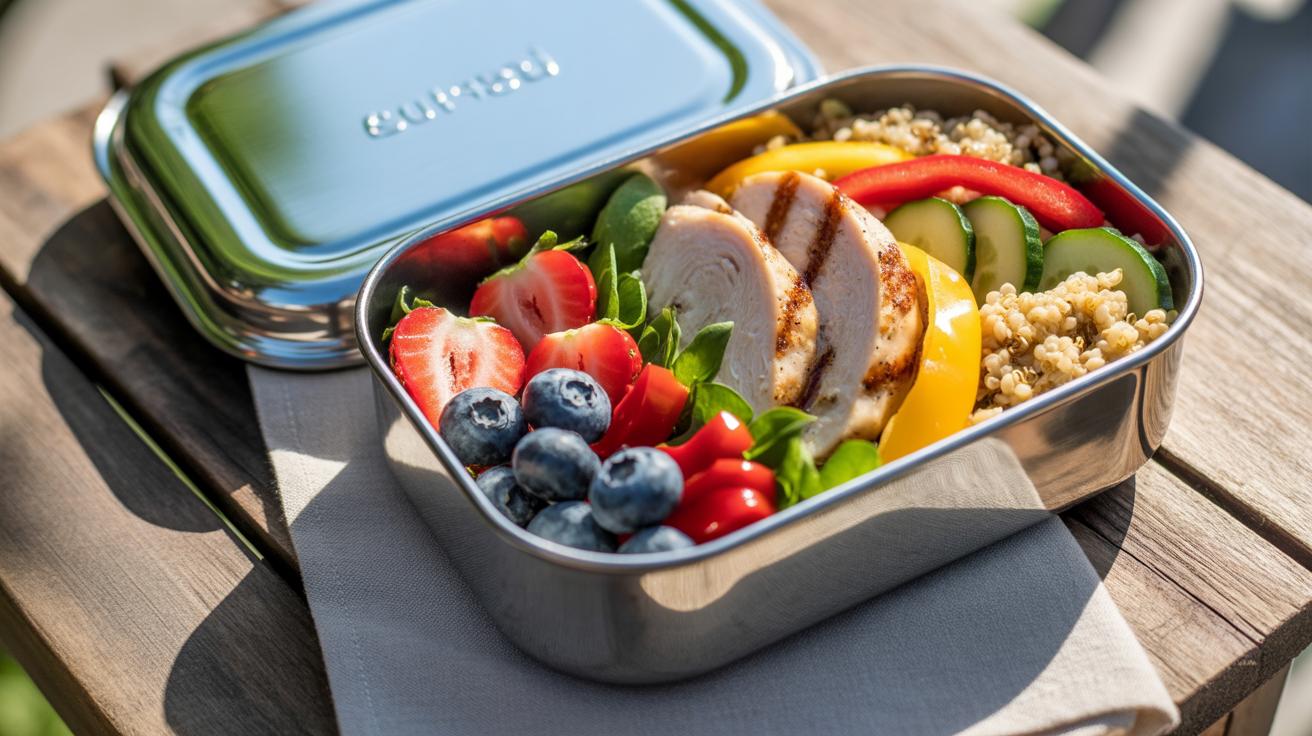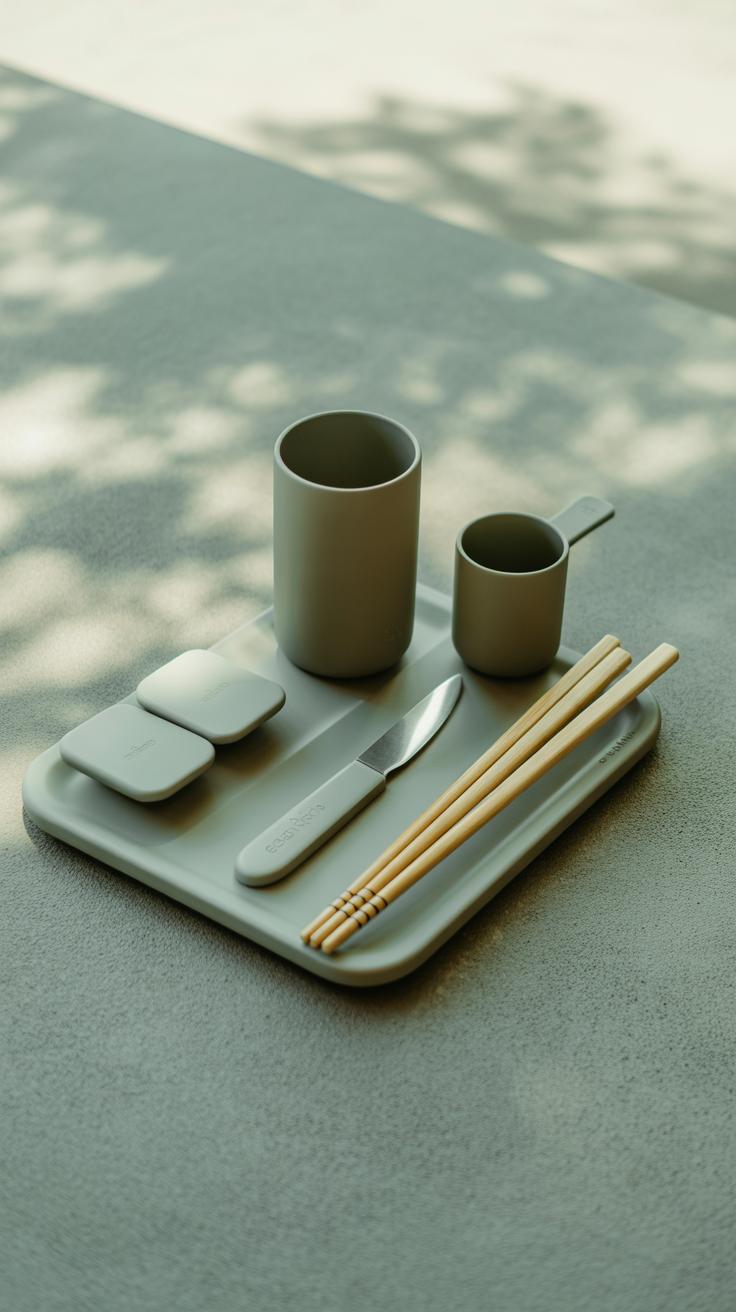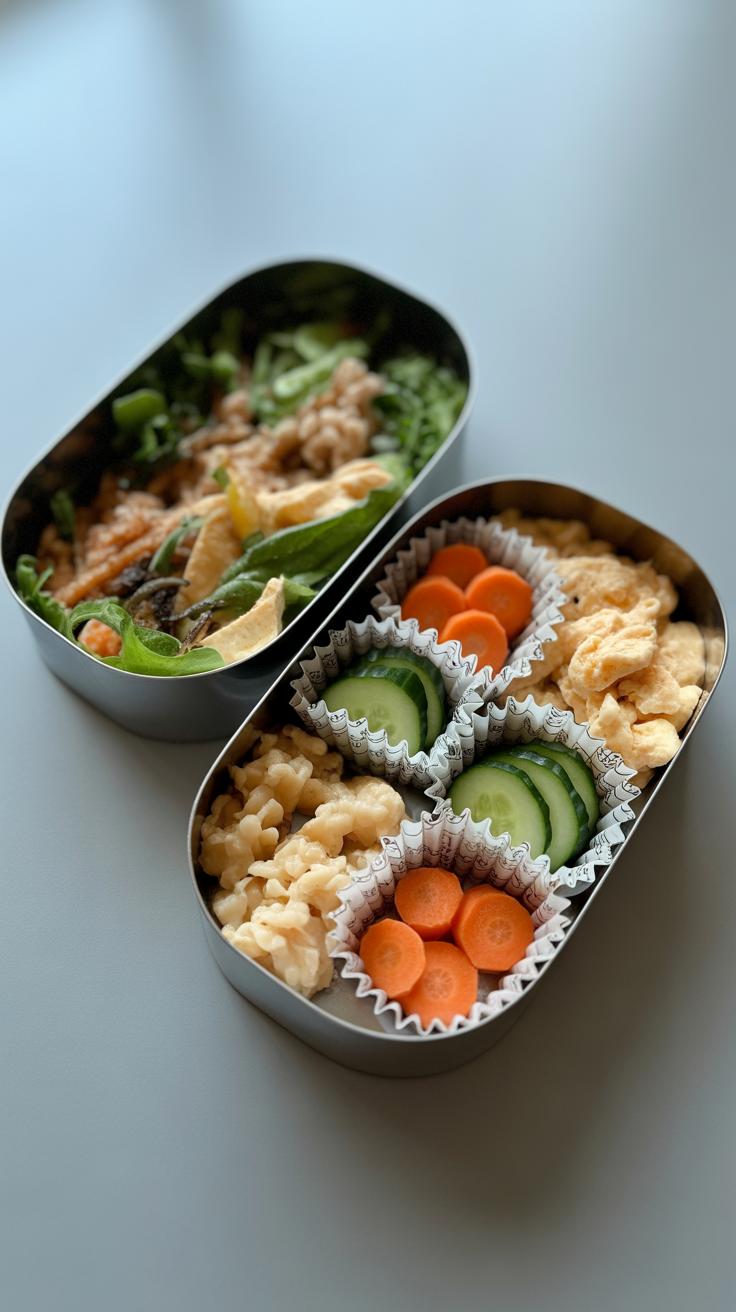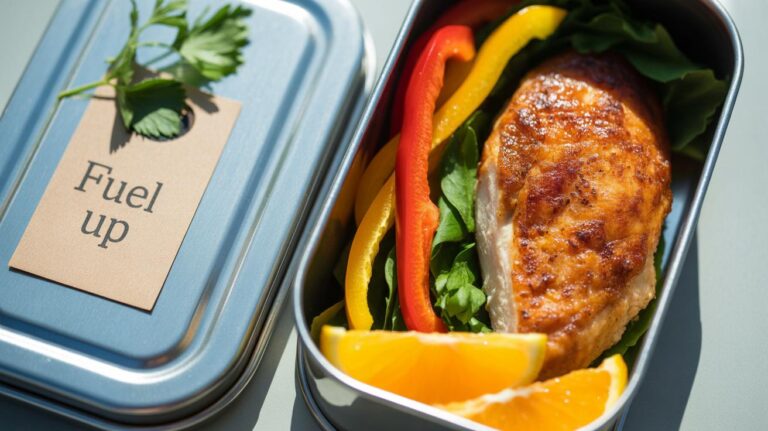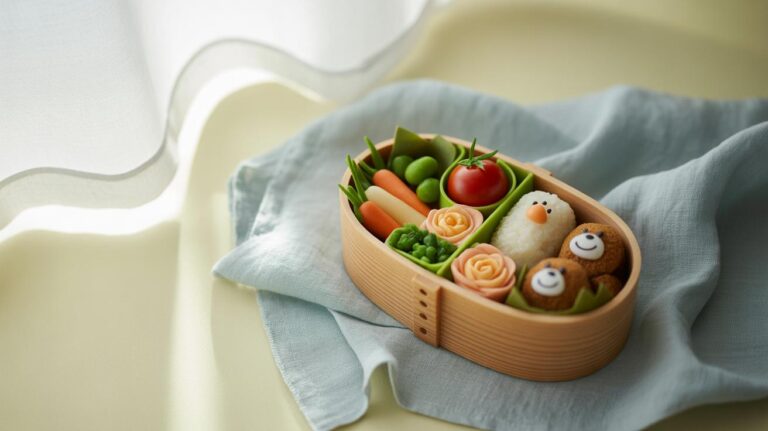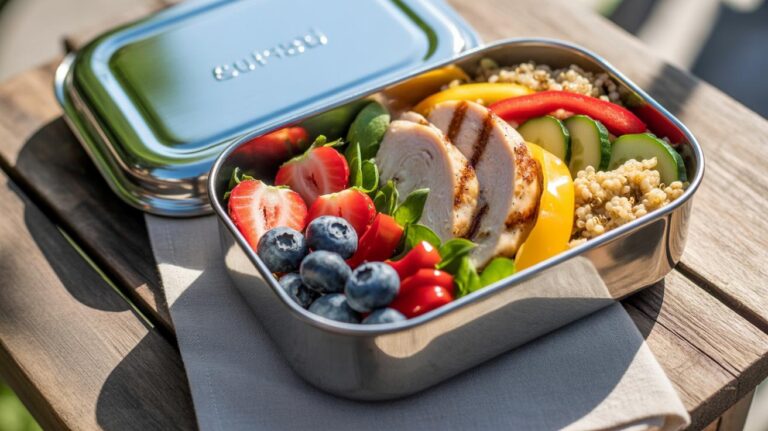Introduction
Bento boxes are a simple way to pack a tasty and nutritious meal that looks as good as one from a chef. Originating from Japan, bento boxes usually include rice, vegetables, and protein, all neatly arranged in a compartmentalized box. They are perfect for lunches that you want to enjoy at school, work, or on the go.
If you are new to bento-making, this guide will take you through creative ideas and key tips to help you prepare bento boxes that look professional and taste great. With easy recipes and helpful tricks, you will soon be making meals that are as impressive as those in restaurants.
Understanding the Basics of Bento Boxes
A bento box is more than just a lunch container. It’s a Japanese meal packed neatly into a compact space, combining various foods that balance taste and nutrition. Each bento typically holds rice or another staple, a protein like fish or chicken, and several vegetable portions. But it’s not just about filling space—there’s an art to fitting everything in a way that’s visually pleasing as well as practical.
The idea of the bento box comes from centuries ago in Japan, where people began preparing individual meals for work or travel. Over time, it became a cultural icon, reflecting care, patience, and sometimes even a bit of playfulness in how the food is arranged. People often consider the colors, shapes, and seasonality of ingredients, making each bento a small expression of creativity and taste.
In Japanese culture, a bento isn’t simply food on-the-go. It often shows respect for the person who will eat it, whether a family member or oneself. This respect shows not only in the care of preparation but also in the harmony among the components—grains, proteins, and vegetables—that offer a complete, balanced meal within a tidy, divided box.
What Makes a Bento Box
At its core, a bento box includes a container with compartments designed to keep food separate, preserving flavor and texture. This structure makes packing and eating more enjoyable. The compartments might be fixed divisions or removable trays, but they all serve the same purpose: organizing various food elements without mixing them.
Inside the bento, you usually find:
- Rice or a grain base, often shaped or seasoned;
- Protein sources like grilled fish, tamagoyaki (rolled omelette), or chicken;
- Vegetables, sometimes pickled, sautéed, or fresh, adding color and crunch;
- Occasional extras, such as fruit pieces or small sweets;
- And sometimes an umeboshi (pickled plum) nestled in the rice, believed to help preservation.
This variety covers nutrition while offering a pleasing contrast in taste and texture. It’s not an arbitrary collection but a thoughtfully balanced set of elements.
History and Tradition
The bento box’s roots stretch back to the Kamakura period (around the 12th century), when portable packed meals became necessary for travelers and soldiers. Early bentos were simple—just rice wrapped in leaves. Over centuries, the practice evolved alongside Japanese culture.
By the Edo period (1603-1868), bento boxes became more refined and widespread, especially at places like theaters and cherry blossom viewing spots. The designs grew more elaborate, sometimes reflecting social status or artistic trends. The boxed meal was no longer just sustenance but an event in itself.
In modern Japan, bento remains incredibly popular—found everywhere from convenience stores to homemade lunches. They’ve also crossed international borders, influencing lunch culture globally. Yet, even now, some traditions endure—clean presentation, balanced ingredients, and the personal touch of whoever prepared it.
Choosing the Right Bento Box Container
Picking the right bento box container is surprisingly personal. You want something that fits your appetite but isn’t too bulky to carry around. Sizes vary a lot—from small boxes for a light snack to larger ones that hold a full meal. If you tend to eat on the go or don’t want to waste food, a smaller size might suit you better. But if you’re packing for a hungry afternoon, you’ll want enough space.
Compartments are a key feature. They keep flavors separate and prevent sogginess. Some containers have two or three sections, which may be okay when you’re just starting out. Others have many small compartments for fussier planners. I once underestimated this and ended up with everything mixed, which doesn’t look as neat or appealing.
Materials make a noticeable difference too. Plastic bento boxes are common and light, but can stain and sometimes hold odors. Bamboo boxes feel natural and look nice but need careful washing and drying. Lacquerware is elegant and durable but might be more expensive and less forgiving if dropped.
Think about ease of cleaning as well. Plastic often goes in the dishwasher, which is a bonus if you prefer low effort. Bamboo usually demands hand washing. Food safety is another worry, especially if you’re reheating meals. Most modern plastics are microwave-safe, but bamboo and lacquerware usually aren’t.
So, what matters more for you—durability, looks, or convenience? Should you pick multiple small boxes or one with big compartments? There’s no one right answer, but playing around with options will reveal what fits your daily routine best.
Planning Your Bento Box Meals
When you’re filling your bento box, balancing nutrition feels like a bit of a puzzle—one that’s surprisingly easy to solve once you get the hang of it. Think of your meal as three parts: protein, carbohydrates, and vegetables. You don’t need to be exact, but it’s good to have some form of each to keep your lunch satisfying and nourishing.
Protein can come from many places—grilled chicken, boiled eggs, tofu, or even fish. Carbs, like rice or noodles, provide energy but try to vary them; maybe swap plain white rice for quinoa once in a while to mix things up. Vegetables? That’s where color really shines. Leafy greens, carrots, bell peppers—all add a boost of fiber and vitamins. Plus, veggies break the monotony of starchy foods.
Don’t just stop at nutrition. The way your bento looks can affect how you feel about eating it. Mixing colors—like orange carrot sticks next to green broccoli—and textures—crunchy, soft, juicy—makes the meal more engaging. I’ve noticed when my lunch looks bright and inviting, I’m more eager to eat, even mid-afternoon when energy dips.
Sometimes you might find yourself stuck: Is it too much of one thing? Should you add more colors? Maybe just a pinch of contrast in texture can make all the difference. Planning your box becomes almost an art. What colors do you have on hand today? Which textures are missing? Little questions like these guide how you pack and can turn an ordinary lunch into something special, without extra fuss.
Easy and Tasty Bento Recipes for Beginners
Starting your bento box journey with simple recipes makes the whole process less intimidating. You don’t need complicated dishes to achieve something that looks fresh and inviting. Think of combining a few straightforward ingredients that pack well in a box and don’t lose their appeal after a few hours.
Quick Protein Options
Protein is key in any bento, and thankfully, some proteins cook fast and fit perfectly. Grilled chicken strips, seasoned lightly with salt and pepper, work well—and they stay juicy even when cooled. Tamagoyaki, a Japanese rolled omelette, might sound tricky, but it’s mostly about patience with steady heat and gentle rolling. Tofu, pan-fried or marinated, can be just as satisfying. I found that cutting tofu into small cubes and sautéing them with a bit of soy sauce creates a savory bite that doesn’t fall apart. These proteins not only taste good but hold their shape nicely in the box.
Colorful Vegetable Ideas
Veggies brighten your box both visually and nutritionally. Carrots cut into thin sticks or little curls add a splash of orange that contrasts well with greens and reds. Sliced cucumbers can be made interesting by cutting them into rounds or half-moons; they provide a crisp texture. Cherry tomatoes are little bursts of freshness, simple but effective. Arrange vegetables loosely or in small piles rather than forcing symmetry—sometimes a bit of natural messiness feels more inviting. Plus, they’re quick to prep and don’t require much seasoning to shine.
When choosing your ingredients, think about how they look side by side—not just the colors, but textures too. Mixing something crunchy with soft or smooth makes the box interesting. Simple, tasty, and visually pleasing—that’s basically the goal here, right?
Arranging Your Bento Box Neatly
When arranging your bento box, a clean, tidy look can make all the difference. It’s not just about packing food— it’s about presenting it in a way that feels intentional, like a small, edible work of art. You might notice that meals prepared this way seem to invite you to eat more mindfully, which is kind of the point, right?
Dividers play a big role here. Plastic dividers, those small green leaf-shaped pieces, are really handy. But if you want something a bit more natural, try using real leaves like shiso or even lettuce leaves. They help separate flavors so nothing gets soggy or mixed unintentionally, plus they keep the compartments looking neat without crowding.
Spacing also matters. Don’t cram everything in as tightly as possible. Let each item have its own spot with a bit of breathing room. This gives a more balanced look, and honestly, it makes eating more pleasant too—you’re less likely to end up with a mess of mixed sauces or squished veggies.
Empty spots in the box? Don’t leave them blank. Filling gaps with small, colorful items like edamame, cherry tomatoes, pickled radishes, or tiny fruits not only makes the box appear full but also adds texture and freshness. If you’ve ever packed a bento that looked a little lopsided, you might’ve wished for these little fillers.
Have you ever wondered why some bento boxes just look “right”? I think it’s often the tiny details—the way space is filled, the thoughtful use of dividers—that bring the whole thing together. Won’t you give a try this next time, balancing neatness with a bit of personality?
Creative Decorating Ideas for Bento Boxes
Making your bento box look appealing can be quite fun, and it doesn’t have to be complicated. One of the easiest ways is shaping rice into cute forms. Rice molds are popular for this, but you can also try shaping it by hand into hearts, small animals, or even tiny rice balls that look like little faces. I once made a bento with rice shaped like a cat—it took some patience but made the whole meal feel special. You don’t need fancy tools; using cling film to mold rice works fine.
Food cutouts add another layer of charm. Simple shapes like stars or flowers can be cut from vegetables or cheese using small cookie cutters. Placing them strategically elevates the visual appeal without overwhelming the box. I find that mixing these shapes with colored ingredients gives depth without too much fuss.
Natural colors and garnishes can subtly enhance the bento’s look too. Sprinkle black or white sesame seeds for a bit of texture and contrast. Nori seaweed is perfect for adding details like eyes or whiskers on shaped rice or vegetables. At times, edible flowers can brighten a dull corner and introduce some unexpected elegance. You might wonder if those flowers belong in lunch, but they surprisingly hold up well and offer a fresh twist.
- Use cling film to mold rice into shapes by hand or with molds.
- Cut simple shapes from vegetables or cheese with small cutters.
- Add sesame seeds for contrast and texture.
- Use nori strips to create small facial features or accents.
- Try edible flowers for a splash of natural color and freshness.
The key might be to mix and match these ideas, trying one or two at a time. You might surprise yourself with what looks good and what doesn’t. Ever thought about making a themed bento? Themed decorations tied to holidays or seasons make meals more engaging—perhaps a little spring cherry blossom or an autumn leaf shape. These small touches can turn an everyday lunch into something you look forward to.
Practical Tips to Keep Food Fresh and Safe
Packing a bento box so your food stays fresh for hours might feel tricky at first. But it mostly comes down to smart choices and a bit of planning. You want to fill your box with foods less likely to spoil and pack everything tightly to avoid moisture mixing between ingredients.
Try to place denser or less perishable items at the bottom, like cooked rice or pasta, and keep fruits or veggies separate in little silicone cups or dividers. This separation helps keep textures right and reduces chances of sogginess or early spoilage.
If you can, refrigerate your bento box right after preparing it and until you’re ready to leave. Cold food just stays safer much longer. Yet, I’ve found that sometimes you don’t have fridge access at work or school, so that’s when other steps matter more.
Ice packs and insulated lunch bags can really change the game here. Slip an ice pack under the bento box inside a well-insulated bag, and your lunch will stay chill for hours. It’s a small extra step but—it’s made a noticeable difference on warmer days, letting me avoid soggy salads or unintended mild spoilage.
Are you curious about how long you can realistically keep bento components fresh at room temperature? Generally, aim for no more than four hours without refrigeration or ice packs. Beyond that, you risk food safety.
- Use small airtight containers or silicone cups to prevent cross-contamination and keep flavors distinct.
- Cool cooked dishes completely before packing to avoid condensation inside your bento box.
- Layer sturdy and dry foods first, then softer or moisture-rich items separately.
- Choose ingredients less prone to rapid spoilage if you know refrigeration won’t be an option.
These steps make packing your bento box feel less like a puzzle. And well, you get to eat a lunch that not only looks good but tastes as fresh as when you packed it.
Bento Box Tools and Accessories for Beginners
Tools for Cutting and Shaping
When you start making bentos, having a few small, focused tools really changes the game. Bento cutters are a staple—they come in different shapes like stars, hearts, and flowers. These make quick work of adding cute decorations to veggies or cheese slices. I remember fumbling with a knife before trying a simple heart cutter, and it instantly made my box look more polished.
Silicone molds and rice molds help give food neat shapes without much effort. For example, pressing rice into a bunny shape feels like a small win. It’s not about perfection, more about making the process less intimidating. Some beginners might skip these, but I think they add a layer of fun and charm that helps keep you motivated.
Small kitchen scissors also deserve a mention. They can trim nori for faces or cut herbs finely, and honestly, they often feel easier to handle than a knife in detailed jobs. It’s okay if you don’t have every tool at first—start simple and add things as you go.
Storage and Transport Supplies
Choosing the right container matters a lot. Bento boxes come in various compartments, which help separate foods and keep colors from bleeding into each other. Personally, I lean toward containers with secure lids that won’t leak. If you plan to carry it daily, those little silicone gaskets inside lids make a noticeable difference.
Thermal bags or insulated lunch bags also help if you want to keep food at a decent temperature for hours. Some come with handy ice packs or compartments for utensils. Speaking of utensils, compact reusable sets that fit inside the bag save space and avoid last-minute scrambling. Have you ever forgotten a spoon? It’s the worst.
Reusable silicone food cups or dividers are good for organizing smaller bites inside the box. They’re flexible and easy to clean, which I find more practical than disposable options. So, while there’s no perfect setup, picking a few quality tools and containers tailored to your routine definitely makes bentos more manageable—and somehow more enjoyable.
Troubleshooting Common Bento Box Challenges
Keeping Rice Fluffy and Dry
One of the biggest puzzles when making bento is tackling soggy rice. It can turn a beautiful lunch into a mushy mess you barely want to eat. The trick starts with how you cook the rice. Rinse your rice thoroughly until the water runs mostly clear—this washes away excess starch that causes stickiness. When cooking, use just the right amount of water. Too much and the rice absorbs extra moisture; too little, it ends up dry and crunchy.
Once it’s done, don’t toss the hot rice straight into your bento box. Instead, spread it out on a clean tray or plate and let it cool at room temperature for a bit. This helps steam escape, preventing condensation inside the box later. If you want to speed things up, you can gently fan the rice, but be careful not to dry it out too much. I’ve noticed that skipping this cooling step often leads to soggy bottoms, which spoils the texture for me.
Preventing Flavor Mixing
Another common headache is when strong flavors mingle and overpower each other. Nobody wants their sweet tamagoyaki tasting like salty pickled veggies. A simple way to avoid this is by using dividers. Bento boxes with built-in compartments work well, but you can also add silicone cups or small lettuce leaves to separate sections.
Wrapping certain ingredients in foil or plastic wrap keeps their scents and moisture contained, reducing cross-contamination. Sometimes I’ve even wrapped pickles individually—yes, it feels a bit fussy—but it really keeps the bento fresh and clean-tasting. The key is to think about how each item releases moisture or aroma over time and protect the more delicate ones accordingly. Have you tried using a tiny silicone divider before? It might feel unnecessary, but it really changes the experience.
Conclusions
Creating bento boxes can be fun, rewarding, and a healthy way to enjoy your meals. By mixing colors, textures, and flavors, you keep your lunches interesting and tasty. Remember to plan your bento with a balance of food types, easy recipes, and eye-catching presentation.
Start experimenting today with simple ingredients and small creative touches. The more you practice, the better your bento boxes will look and taste. Your friends and family will be impressed by your chef-like skills and enjoy the meals you make with care.

